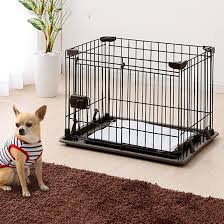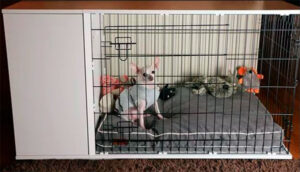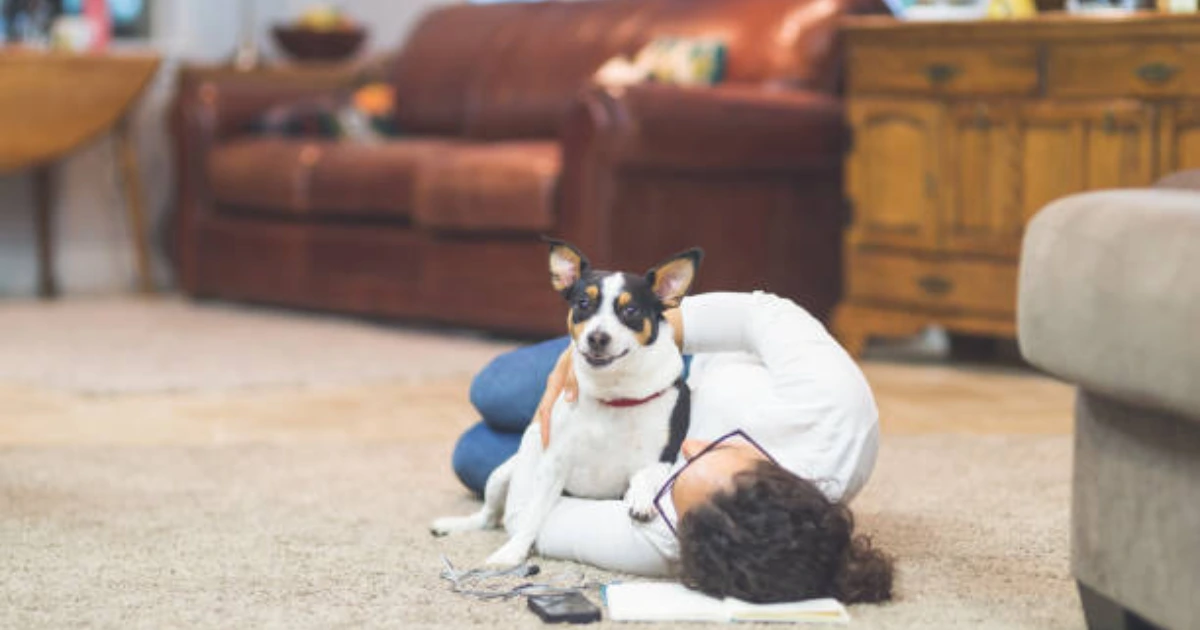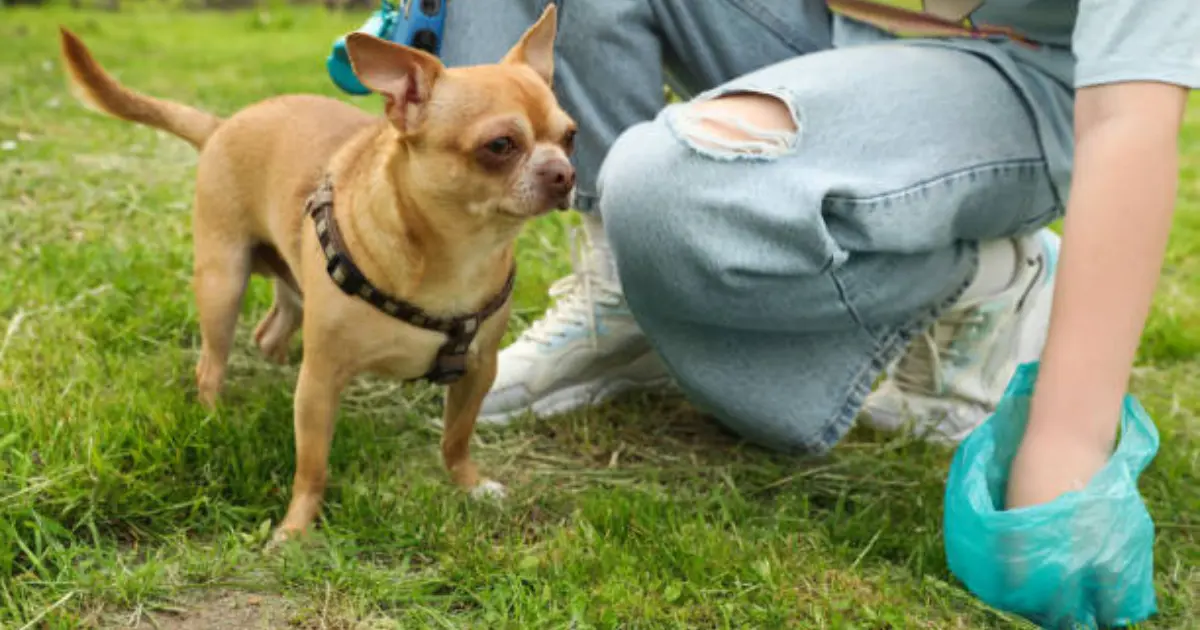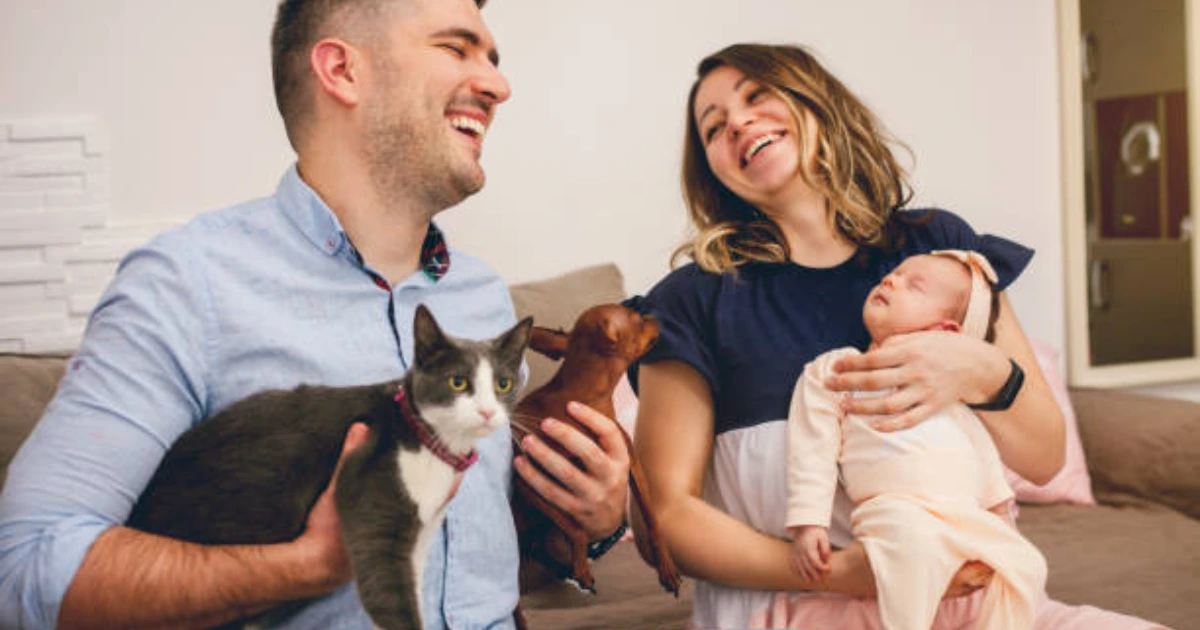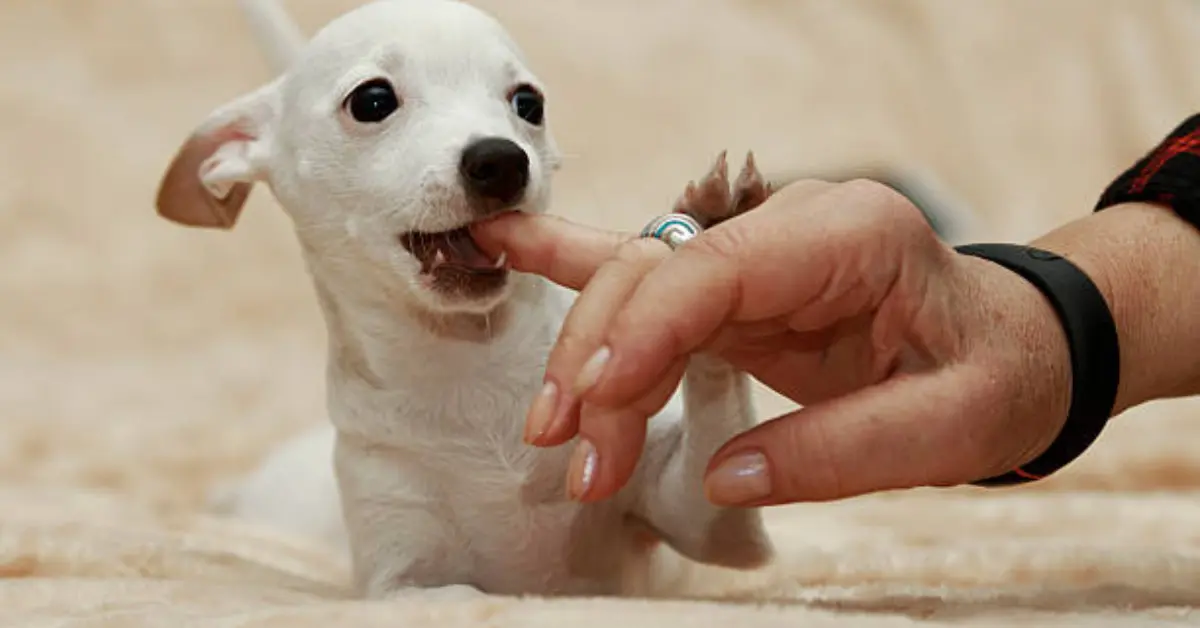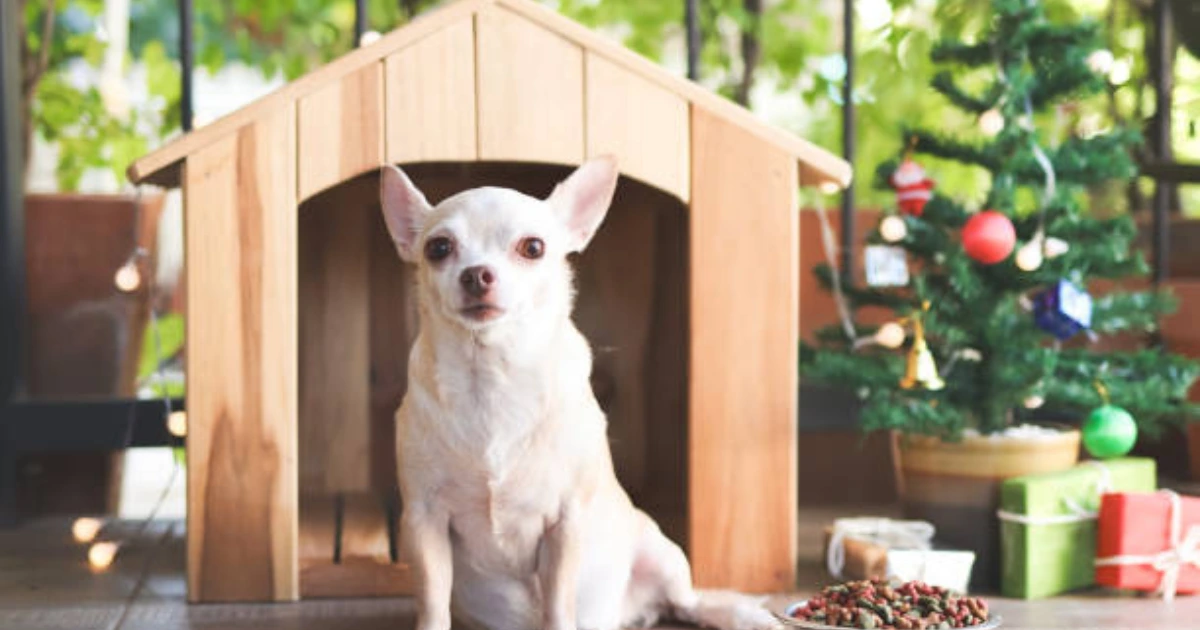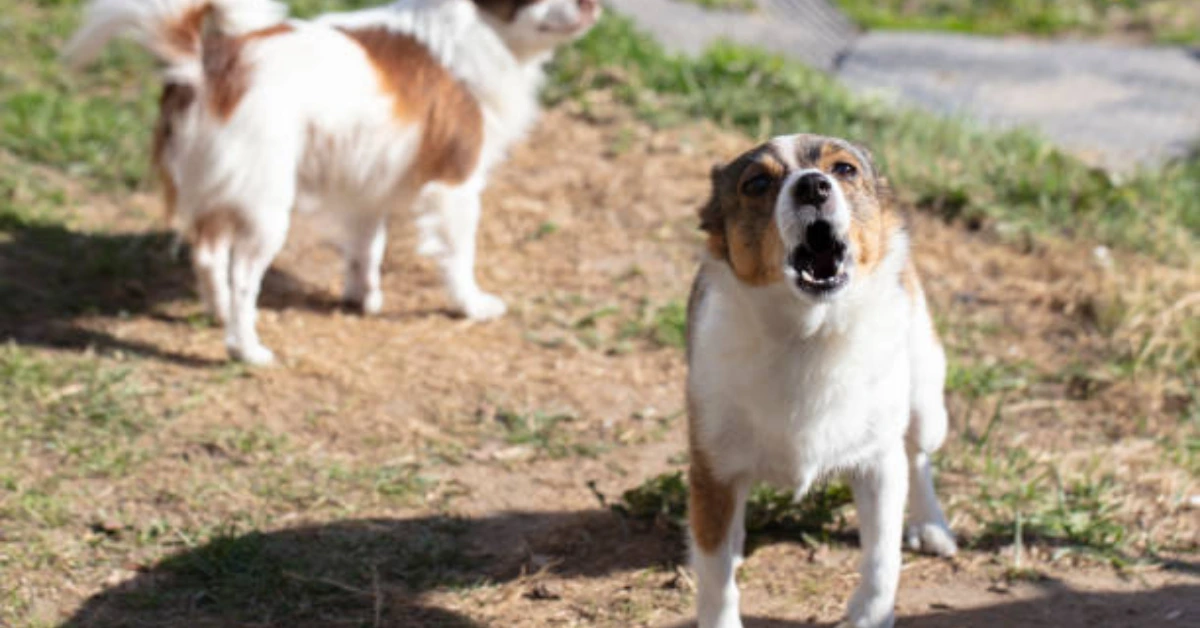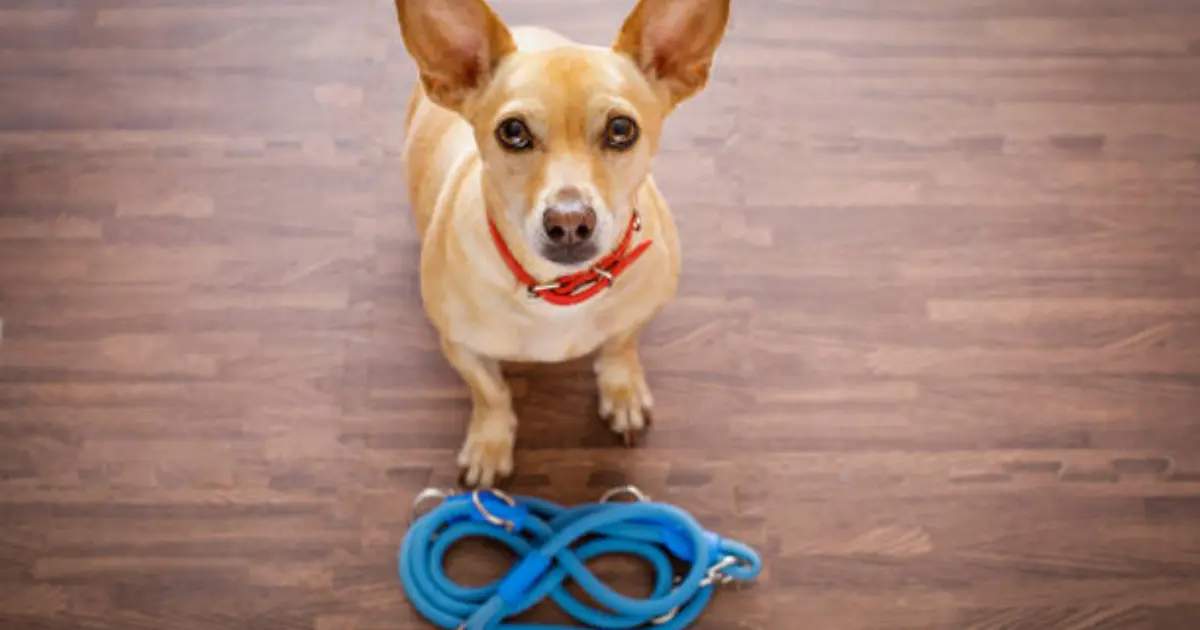Crate training is a common practice for new chihuahua owners with their puppies. Not everyone, though, adopts puppies. You might need to teach your new chihuahua to use his crate if you got an adult one.
Your new Adult chihuahua must discover his private place in your home, and it is your responsibility as the new owner to show your tiny dog the way. You can train your adult dog to be crate-trained using these procedures.
Continue reading to find out how to train your adult Chihuahua to feel at home in his crate.
Advertisement
How To Choose a Chihuahua Dog Crate
Find out what kind of crate the chihuahua used before he moved into your home if you are adopting a dog from a shelter or a prior owner. You need to choose a different form of the crate if your chihuahua suffered cruelty or neglect in his previous home.
Your decision on the type of crate will help in giving your chihuahua a fresh new start.
Consider your usage requirements before choosing a soft-sided, plastic, or metal case for the kennel. You may want to ask yourself the questions below:
- Will you be traveling with the crate?
- Will your chihuahua eat, sleep, and play inside this crate?
- How many times a day will your chihuahua spend time in the crate?
For housebreaking, metal or plastic crates make wonderful selections because they are simple to clean. Soft-sided kennels are practical for travel and provide additional privacy. But, Soft-sided crates are more difficult to clean, particularly following accidents during housebreaking.
You can think about an open-wire or metal crate if your adult chihuahua is curious and likes to observe what is going on in his environment. Most of the time, the windows in plastic kennels and soft-sided crates are closed off.
You should take the size into account in addition to the crate’s material and openings. Your tiny chihuahua must be able to turn and stand upright inside the crate at ease. To give your dog more space, you can consider purchasing a big kennel, however many chihuahuas utilize that extra space as a bathroom.
Start Crate Training
It’s time to begin the training process after you have the crate. The crate must never be used as a location of punishment, according to rule number one. You must only utilize the crate with positive reinforcement methods if you want your chihuahua dog to learn to trust it. Your adult chihuahua must consider his kennel as a secure place.
How To Create Comfort In Your Adult Chihuahua Crate
Place the crate in your family room and spend time there to initiate crate training. Place a mattress or blanket inside the crate. You should also put a piece of your clothes in the crate to make your dog even more relaxed.
Your adult chihuahua will relate your scent to security. Don’t worry if your dog doesn’t walk straight in and fall asleep. Training requirements vary depending on the dog because each dog has a unique character.
If your adult chihuahua dog had a difficult first home, he or she might need some encouragement to get into the crate. Place a reward close to the cage as you call your chihuahua there. Reward your dog even if he merely approached the kennel.
Add a treat to the crate. If your adult chihuahua comes in, let him eat that treat, another one, and supportive words of encouragement.
Giving your chihuahua treats for approaching the crate or entering it might need time and repetition. If it takes some training for your dog to enter the kennel on his own, there is nothing wrong with him.
If it takes some training or your dog to enter the kennel on his own, there is nothing wrong with him.
According to some chihuahua parents, Several days may pass before adult dogs enter the crate.
Relate the Meals to the Crates
If your chihuahua takes his regular meals in their crates, he will be more adapted to them. Feed your dog close to the crate if your older dog is scared of it.
To help your adult chihuahua dog overcome his fear, you might even partially or fully fill the crate with food. As soon as your dog enters and remains inside the kennel quietly, move the bowl farther inside.
Some dogs dislike having the doors on their crates closed. To teach your chihuahua dog not to fear the door you should follow the steps below:
1. Once he goes in to eat, close it.
2. Reopen the door again.
3. While your chihuahua is eating, try to repeat that action a few times.
5. Try to keep the door shut for the entire meal to encourage your chihuahua to remain calm. You can reopen the door after your dog has finished eating.
6. Try to keep the crate door closed for an additional five to ten minutes if your dog is able to eat while it is closed.
Create a Crate Cue for Your Adult chihuahua dog
It’s time to start training your chihuahua to spend more time in the crate if he can eat his treat with the door closed. Give your dog a reward as you call it into the crate.
Then, begin teaching your chihuahua dog your crate cue—the phrase you’ll employ to signal to your dog when it’s time to utilize the crate. You might use any simple phrase that works for your family, such as “crate” or “home.”
As you point to the crate, say the word and use the treat multiple times. You can give your chihuahua a treat when he enters the crate. Next, slam the door.
Leave the room for a brief period of time—no more than 10 minutes—to enable the chihuahua dog to adjust to being alone in the crate. Return, sit near the kennel, and keep an eye on your dog.
If you are sitting close by it and your dog starts to whine, ignore him. Instead, give a reward and unlock the door after your adult chihuahua has calmed down. You might need to repeat this training several times to finish it, lengthening your absences from the room each time.
Your dog will eventually be able to sleep within the kennel through the entire night.
Crate training’s Pros and Cons
There are benefits and drawbacks to crate training an adult chihuahua dog. You can consider the advantages and disadvantages before deciding that this is the best option for you and your dog.
cons:
- Your chihuahua can associate this with a bad memory.
- It requires extensive training
- It could be traumatic for Chihuahuas with a history of abuse.
Pros:
- Provides a secure environment for your dog.
- Your house won’t burn down while you’re away.
- Creates a dog space that is portable.
- Can develop into a safe refuge for your animal companion
Last word
Be present as much as you can when your dog is in the crate to keep it a happy place for him. Your chihuahua dog will begin to link the crate with loneliness if you only confine him when you are gone.
Try to stick to these guidelines to turn a possibly unpleasant situation for your New adult chihuahua dog into a positive one. Your adult dog will be crate trained in no time with love, positive reinforcement, and patience.
YOU MAY ALSO LIKE:
Simple Tips for Aiding a Rescue Chihuahua Adjust
10 Ways to Reward Your Chihuahua for Good Behavior
Advertisement


